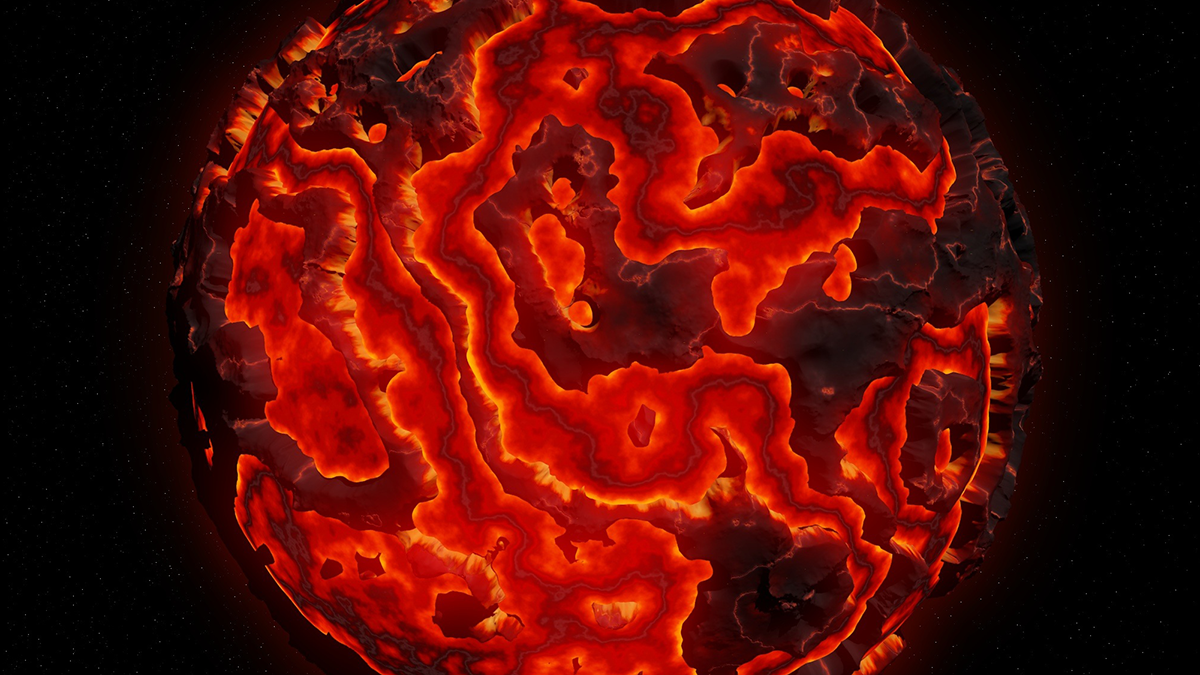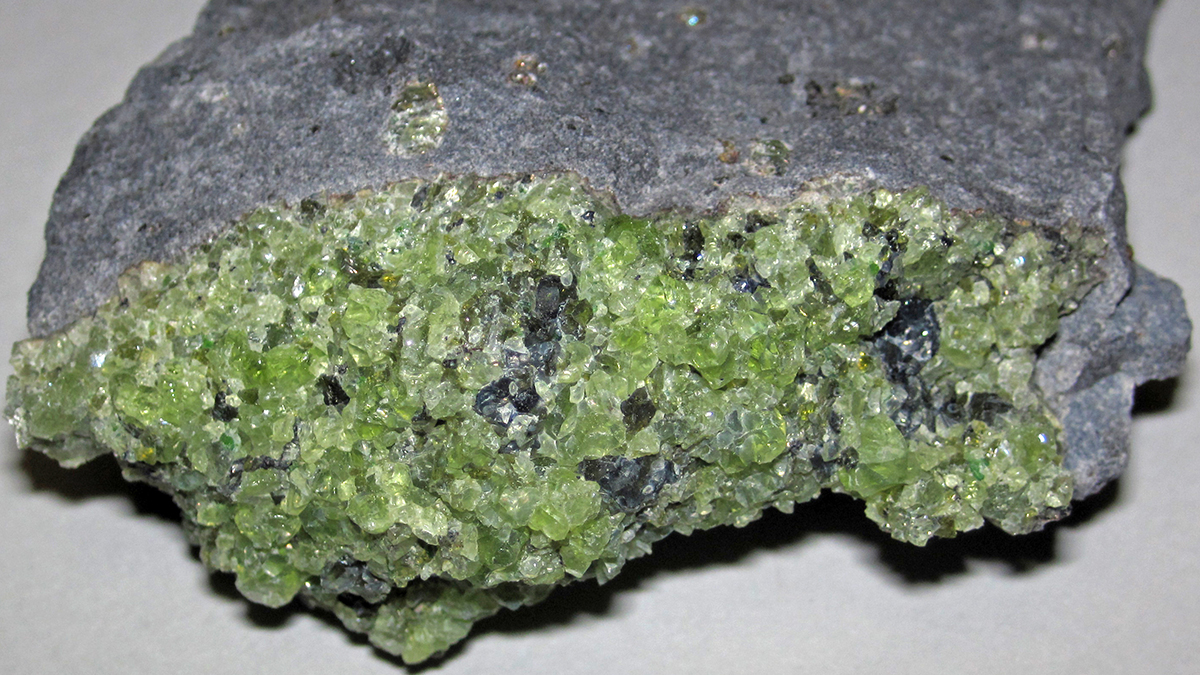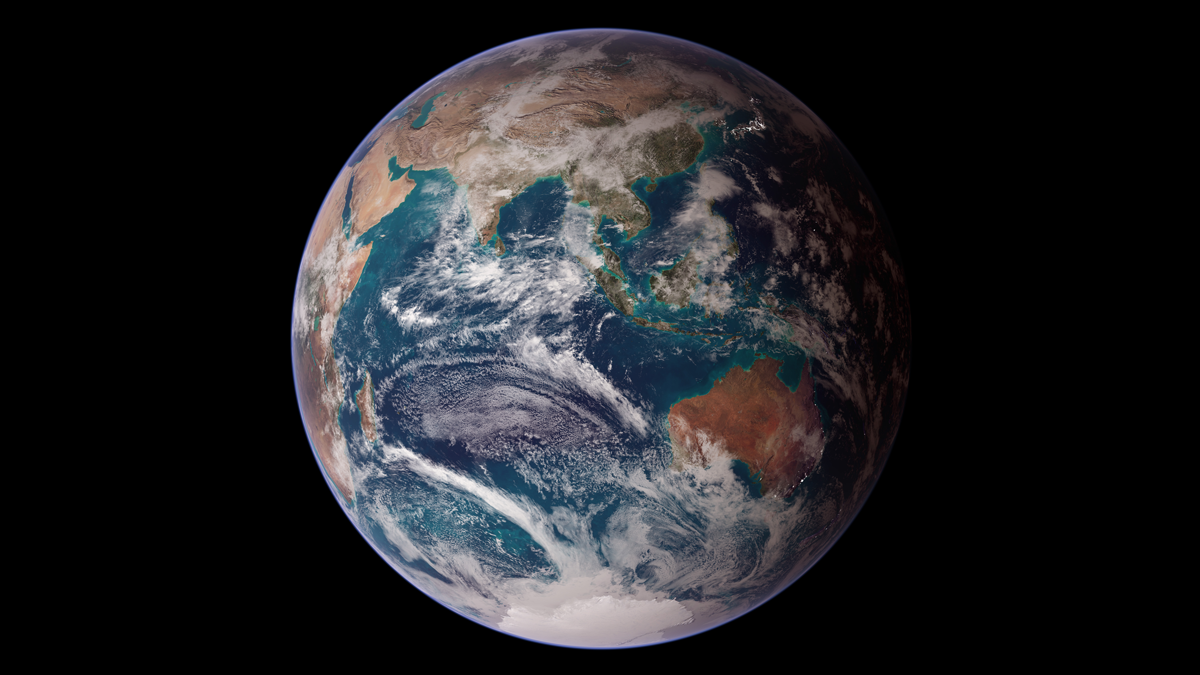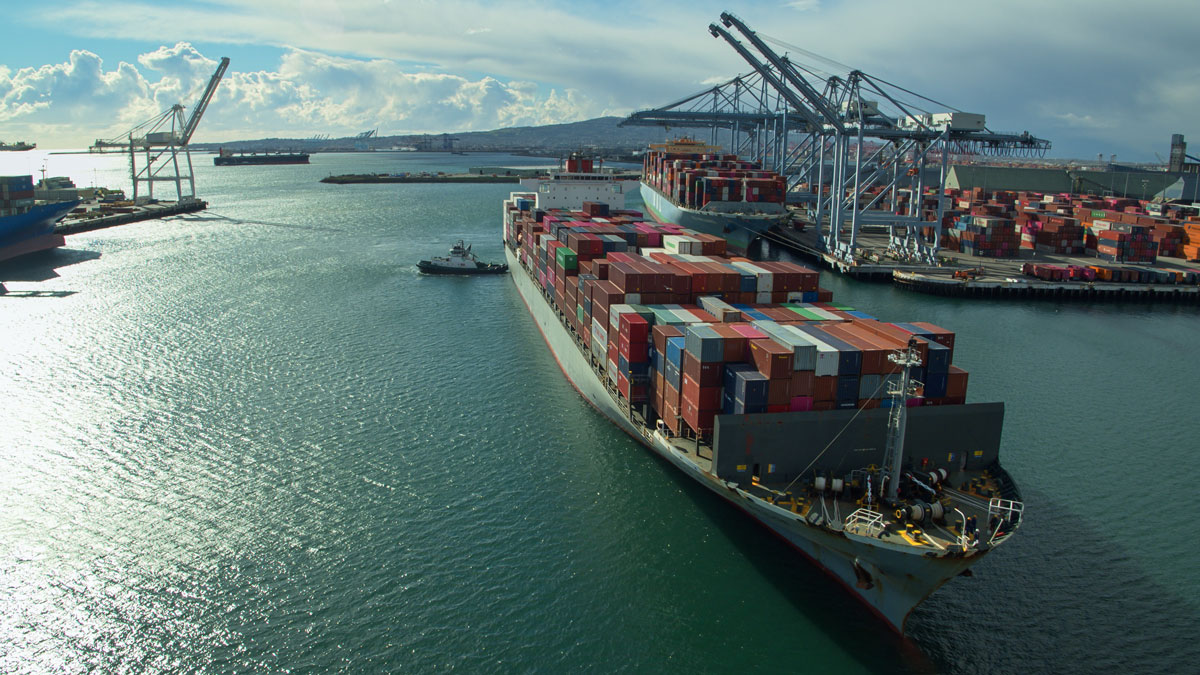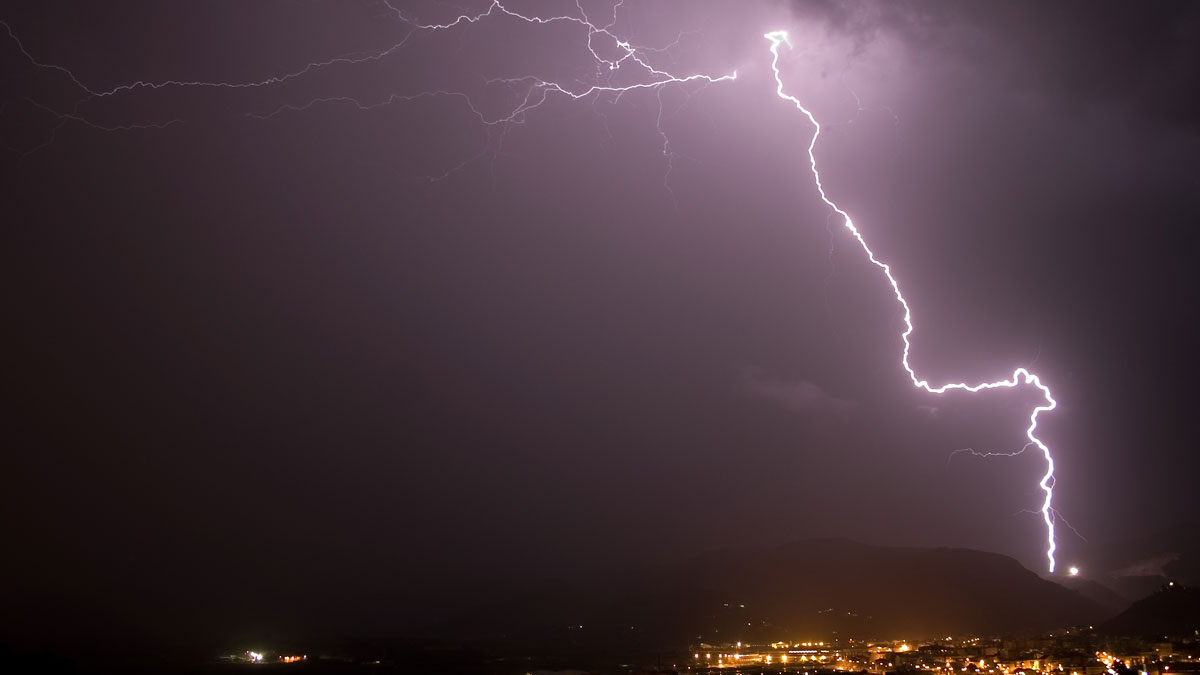Scientists studying South Pacific earthquakes suggest that an ultralow-velocity zone at the core-mantle boundary may be a remnant of a molten early Earth.
News
Good News: Rocks Crack Under Pressure from Mineral CO2 Storage
When carbon mineralizes in stone, each new fracture exposes more surfaces that can react with and trap CO2, enhancing a rock’s storage capacity.
An Indian Ocean Network to Keep Track of Climate
Until this decade, the Indian Ocean was not well monitored. Today, the Indian Ocean Observing System helps with both weather monitoring and climate modeling.
A Giant Impact Triggered Earthquakes for Thousands of Years
When an asteroid struck South Africa during the Precambrian, earthquakes rocked the region for millennia as Earth’s crust reequilibrated, new research reveals.
Mountains Sway to the Seismic Song of Earth
The Matterhorn in the Swiss Alps is in constant motion, gently swaying back and forth about once every 2 seconds.
More Fires, More Problems
Increasing incidents of wildfires in the Arctic are not only thawing permafrost but changing the entire underlying structure of the region.
El sorprendente alcance de las gigantescas ondas atmosféricas de Tonga
Los resultados empiezan a llegar: Científicos de alrededor del mundo explican las gigantescas ondas atmosféricas que emanaron de la erupción del volcán Hunga Tonga-Hunga Ha’apai.
Rising Seas Boost Tsunami Impacts on Distant Shorelines
Modeling suggests that rising sea levels will render Southern California ports increasingly vulnerable to waves from distant-source tsunamis.
Cleaner Pandemic Air Led to Reduced Lightning Strikes Worldwide
As people stayed home during the COVID-19 lockdowns, air quality improved. But the improvement was accompanied by an unusual meteorological side effect: a decrease in lightning.
A New Explanation for Organics on a Mars Rock That Fell to Earth
Organic molecules on a Martian meteorite have fueled nearly 30 years of scientific debate. New evidence suggests they were formed by Martian processes, offering more support for a once habitable environment on the Red Planet.

